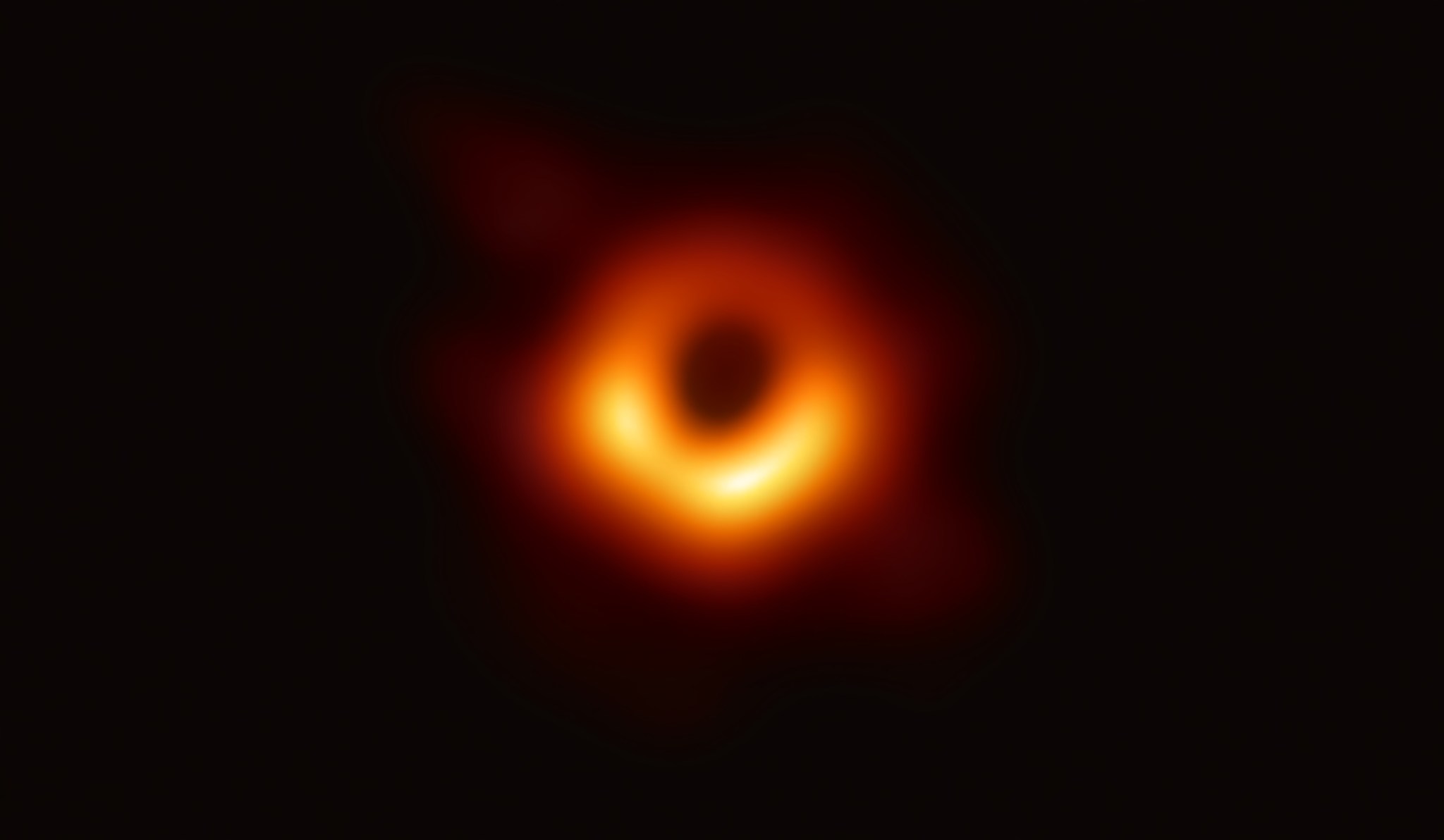
Black holes are some of the most enigmatic objects in the universe, formed under extreme conditions that can be difficult to comprehend. They primarily arise from the death of massive stars and exist in different mass categories, including stellar, supermassive, and intermediate-mass black holes.
Stellar Black Holes
Stellar black holes are formed when massive stars, typically those exceeding 20 times the mass of the Sun, exhaust their nuclear fuel. Once this happens, the star's core collapses under its own weight, leading to a supernova explosion that expels the outer layers of the star. If the remaining core is more than approximately three solar masses, it collapses completely into a black hole, creating a singularity—a point of infinite density—surrounded by an event horizon, beyond which no light or matter can escape[2][9].
Supermassive Black Holes

Supermassive black holes (SMBHs), found at the centers of most galaxies, are believed to have origins that are not yet fully understood. They can weigh millions to billions of times more than the Sun. The current leading theories suggest that they might have formed from the merging of smaller black holes or through the rapid accretion of gas and matter in the early universe[6][10]. Evidence suggests that these black holes existed very early in the cosmic timeline, hinting at complex formation processes involving primordial black holes or large clouds of gas collapsing directly into massive entities[10].
Intermediate-Mass Black Holes

An intermediate class of black holes, weighing between 100 and 10,000 solar masses, was once considered theoretical, but recent discoveries indicate they may exist. These black holes could form from the collapse of stars in dense star clusters or from the merger of smaller black holes[3][6][10]. The existence of these intermediate-mass black holes is critical for understanding the evolutionary pathways that lead to either stellar or supermassive black holes.
Impact on the Universe
Black holes significantly influence their surroundings and play a vital role in the evolution of galaxies. Their immense gravitational pull can shape the formation and structure of neighboring stars and galaxies.
Gravitational Influence

The gravitational fields of black holes are so strong that they pull nearby stars and gas into orbit around them, forming what is known as an accretion disk. This disk consists of rotating plasma that becomes heated to extreme temperatures due to friction and gravitational forces, emitting X-rays in the process[11][4]. The materials that do not fall into the black hole may be ejected outward in powerful jets of particles, influencing the surrounding interstellar medium and possibly triggering new star formation, depending on the dynamics at play[5][8].
Regulation of Star Formation
There is strong evidence that the energy output from black holes can regulate star formation in their host galaxies. As black holes consume matter, they can emit immense amounts of energy, which can heat surrounding gas, preventing it from cooling and condensing into new stars[6][10]. This feedback mechanism has been observed to play a crucial role in various galaxy types, particularly in elliptical galaxies that show a decline in star formation correlated with the activity of their central black holes[1][10].
Role in Cosmic Evolution
The activity of black holes, particularly during their quasar phase, can have profound effects on galaxy evolution. Quasars, which are powered by supermassive black holes actively consuming gas, can outshine entire galaxies. This extreme luminosity influences the galactic environment over vast distances, potentially altering star formation rates and the dynamics of surrounding gas[6][10][11]. In this way, black holes can be seen not merely as end states of stellar evolution but as active participants in the cosmic ecosystem, driving processes that dictate the formation and evolution of galaxies.
Conclusions
In summary, black holes are formed from the remnants of massive stars and can grow through the accretion of surrounding matter and mergers with other black holes. Their presence impacts the universe by influencing star formation, shaping the structure of galaxies, and playing essential roles in the evolution of cosmic systems. As ongoing research continues to unveil their mysteries, black holes remain a fundamental area of interest in astrophysics, providing key insights into the nature of gravity, cosmic evolution, and the conditions necessary for the emergence of life[4][10].
Get more accurate answers with Super Pandi, upload files, personalized discovery feed, save searches and contribute to the PandiPedia.
Let's look at alternatives:
- Modify the query.
- Start a new thread.
- Remove sources (if manually added).